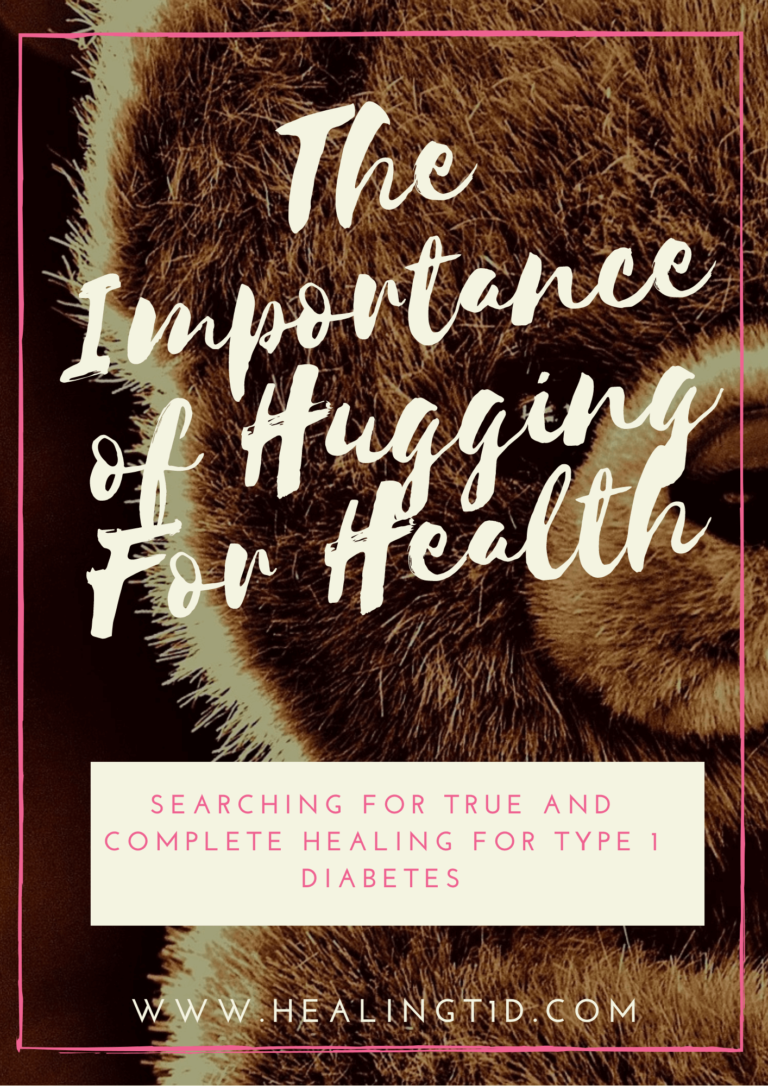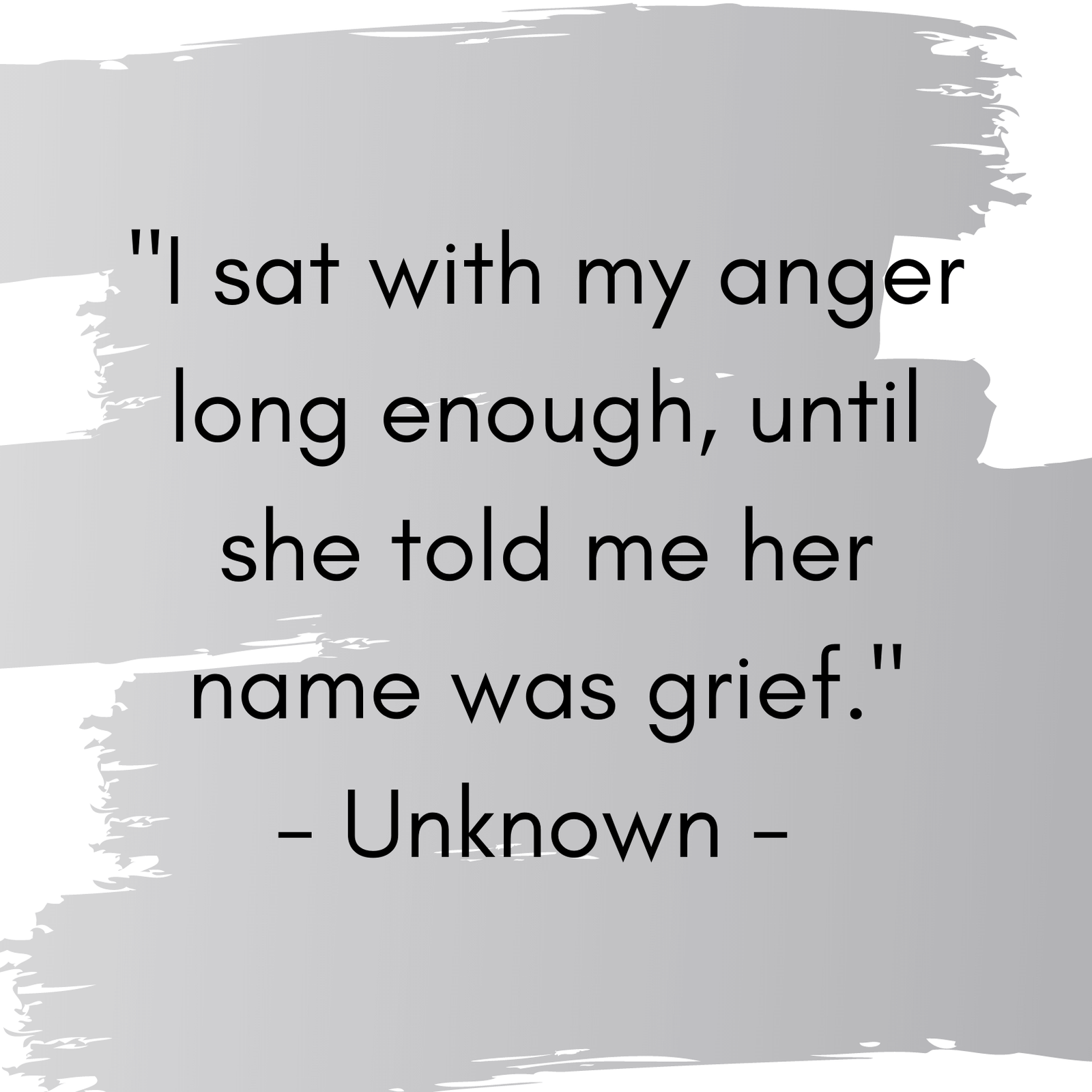Considering Type 1 Diabetes As A Prolonged Fight-Or-Flight Response

Summary: The fight-or-flight response is a physiological reaction to perceived threat, which activates the sympathetic nervous system for survival. Could ongoing activation of this response be linked to Type 1 Diabetes? Exploring trauma as a cause, the author considers if unresolved stress may perpetuate this response, hindering healing unless discharged through physical release or other means.
What Is The Fight-Or-Flight Response?
Both the sympathetic and parasympathetic nervous systems consist of a series of nerves that are connected via the spinal cord. From the spinal cord, these nerves feed into a series of organs in the body. Interestingly, functions of the pancreas are regulated by the opposing effects of both the parasympathetic and sympathetic nervous systems with both having an effect on insulin production in the beta cells. The parasympathetic nervous system stimulates insulin secretion. By contrast, the sympathetic nervous system shuts down insulin production, in order to ensure higher levels of glucose are available in the body in order to facilitate a fight/flight response.
Defining Trauma
I think, before I go on, I need to make it clear what I mean by ‘trauma’. I like to use Bessel van der Kolk’s definition of trauma as being any ‘inescapable stressful event that overwhelms [the individual’s] existing coping mechanisms’ [1]. Sounds like moments in life with diabetes to me! For the purposes of this discussion, trauma can include both the huge, life-altering experiences of war or natural disasters, as well as the smaller, insidious traumas of neglect or the loss of a loved one or potentially the daily infractions against the body of medical interventions, such as those used for Type 1 Diabetes.

Can Trauma Be The (Ongoing) Cause of Type 1 Diabetes?
I am starting to wonder whether Type 1 Diabetes may be the result of a triggered fight-or-flight response that has never reset itself. This triggered response would switch off insulin production and raise blood sugar levels to facilitate escape or a fight. However, if the body then does not realise or learn that it is now safe again, this fight/flight response will just continue and Type 1 Diabetes occurs. So could Type 1 Diabetes in fact be an ongoing trauma response for a trauma that has never been fully processed?
Across the years, I have talked to a number of Type 1 Diabetics and asked them their stories of developing diabetes. What was going on in their lives at that time? Again and again, I have heard them say that they suffered a loss, an abandonment, isolation and/or anger. I heard them say how the person they relied on was no longer there, perhaps due to death or a change of circumstances. Did these losses trigger a fear response, a fight-or-flight response in their systems? If the person they relied on was no longer there, they would have had no one to process this through with. They would have had no way to discharge this response and reset their bodies into using the parasympathetic nervous system. Their trauma story gets stuck in their bodies and is perpetuated on a daily basis with a ‘diabetic response’ – the continuous and repeated activation of diabetes in the body.
Completing The Fight-Or-Flight Cycle…?
I am wondering if the way out of this continuously evoked fight-or-flight response is to find a way to fully discharged it. If it is pent up in the body, it needs releasing. Dr Peter Levine, author of ‘Waking The Tiger: Healing Trauma‘ [2], writes about how animals discharge the fight-or-flight response by vibrating, twitching, and lightly trembling. This sensation spreads throughout the body from the head to the toes and, in the process, resets the system to a resting state. Dr Levine goes on to discuss how, like animals, humans have instinctual power to heal that just needs tapping. The question is…. How?
My mind is going to Daniel Darkes as I write this. He is an ultra-marathon runner. Did he manage to discharge the trauma response from his system, and thereby restore his pancreatic functioning, by enacting the flight response through is running? If running does it, do other forms of exercise that stimulate similar levels of movement (swimming and cycling, for example) also provide the body with this flight response? As yet, I don’t know so, for now, I will sit with the question!
References:
[1] van der Kolk, B. A. (1996). Trauma and memory. In: A. C. McFarlane, L. Weisaeth, & B. van der Kolk (Eds.), Traumatic Stress: The Effects of Overwhelming Experience on Mind, Body, and Society. (pp. 279-302). New York: Guildford Press.
[2] Levine, P. A., & Frederick, A. (1997). Waking the Tiger: Healing Trauma. Berkeley: North Atlantic Books.

GET HEALINGT1D’S FUTURE ARTICLES IN YOUR INBOX!
Get the latest musings and findings straight to your email inbox.

Natalie is a blogger with Type 1 Diabetes. Natalie’s special gifts are questioning the status quo and being a rebel. She is using these gifts to question medical ‘knowledge’ and find a true cure for Type 1 Diabetes.













































Recent Comments: